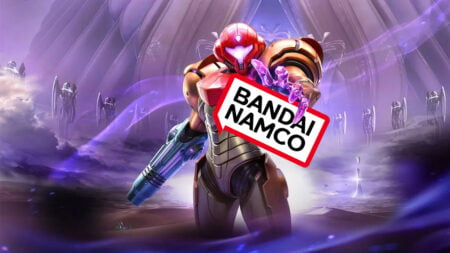Skip To...
Surviving in Dungeonborne is no easy task, not while other players, skeletons, and all manner of fantasy creatures are trying to chop you down to size. Having some knowledge of Dark and Darker helps, but the two aren’t 1-to-1 and do have clear differences. It’s faster, classes are somewhat simpler, and there are several unique mechanics to juggle. For beginner’s, there’s definitely a learning curve to Dungeonborne, and my guide will help you make sense of the game.
Starting a Match (& All Game Modes Explained)

Let’s get the easiest part out of the way and explain how to queue for a match and the game modes available. There are actually several game modes, each with its own gimmick. Assuming you’ve already created your character and completed the tutorial, you can start a real match from the camp tab:
- In the bottom-right, you’ll see a Start button and a map above it. Select the map.
- Choose a game mode and select Confirm.
- Click the Start button to queue for a match.
Now, at the time of writing, there are four game modes: Clouseau Castle, Sinner’s End, The Mithril Order, and 3v3 Team Deathmatch:
- Clouseau Castle: A PvPvE dungeon you can join solo or with friends, find loot, duel other players, and hopefully escape.
- Sinner’s End: The same as Clouseau Castle, except there’s magic corrosion that shrinks the map over time.
- The Mithril Order: Pick one of three rudimentary classes, with gear supplied by the Order, and do battle with other players in a dungeon for rewards.
- Team Deathmatch: Groups only. A small arena where adventurers can battle. Gear is supplied and you don’t lose items you bring in.
There’s also the Training Room and the option to host or even join custom games. Additionally, every game mode has essentially three difficulties: Casual, Classic, and Challenger Mode.
Casual has no gear score requirements and if you queue solo, you’re only up against others who’ve queued by themselves. Classic does have a gear score requirement and will also add magical corrosion to Clouseau Castle. With Challenger Mode enabled, you can queue against groups, even if you’re running solo.
How to Equip Skills and Passives
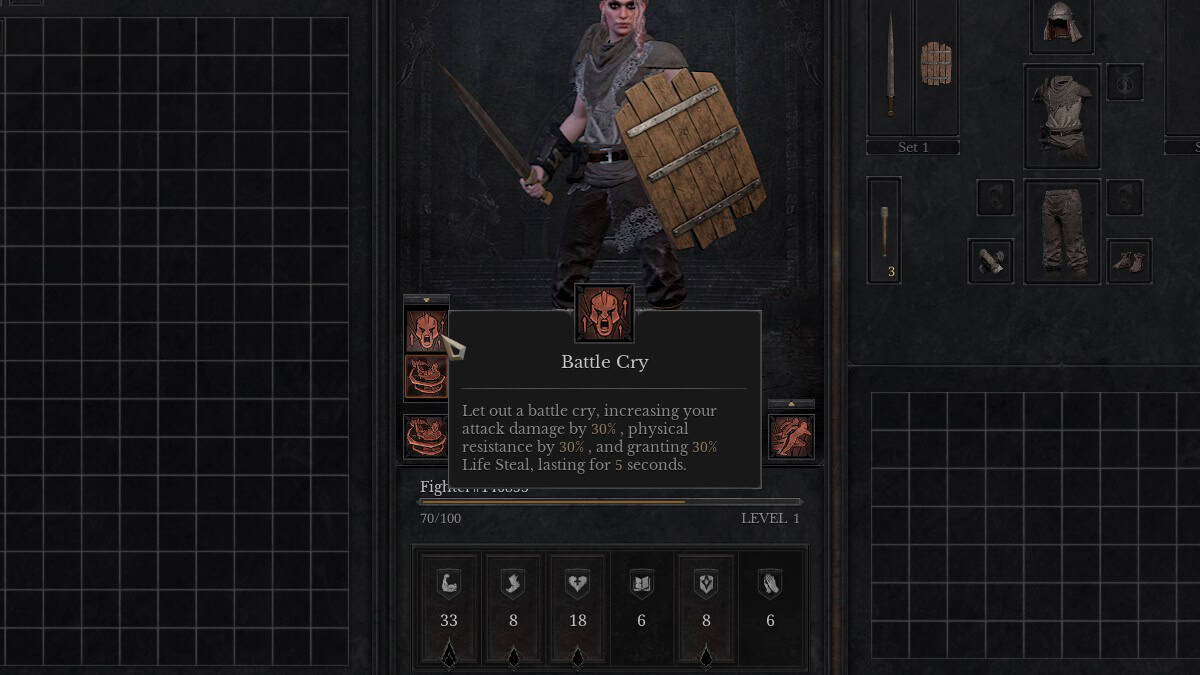
Not even in the in-game guide does Dungeonborne explain the most important aspect of the game: passives and skills. Depending on your class, you may only have two skills, one mapped to Q and the other to E. And passives, well, we’ll get to those; they don’t work like Dark and Darker’s perk system.
To equip different skills, you’ll need to first be at camp and open your stash. Just above your experience bar, at both ends, are your currently selected skills. If you have more than one skill available for each slot, you’ll see an arrow. Simply click on the box and the menu will open, but keep in mind:
- You are allowed only two skills.
- You cannot mismatch Q and E abilities; for example, a Fighter cannot use Battle Cry and Whirlwind because they occupy the Q slot.
- All skills are unlocked from the beginning.
- You cannot switch your skills outside the camp.

Passives, on the other hand, have to be unlocked via gear. If you stay in your stash and hover over one of your stats, you’ll see passives listed for that stat as well as an activation condition.
Here’s the rub: your passives in Dungeonborne are heavily tied to your stats. For example, the Fighter’s Vengeful Riposte passive unlocks when their dexterity is 33, so naturally, you equip gear with enough dexterity to raise it that high.
You’ll gain stats as you level up, but the majority of it will come down to the gear you find dungeon dive. Depending on the spread, you can potentially activate multiple passives at the same time.
Gear Up Your Characters Through the Mithril Order
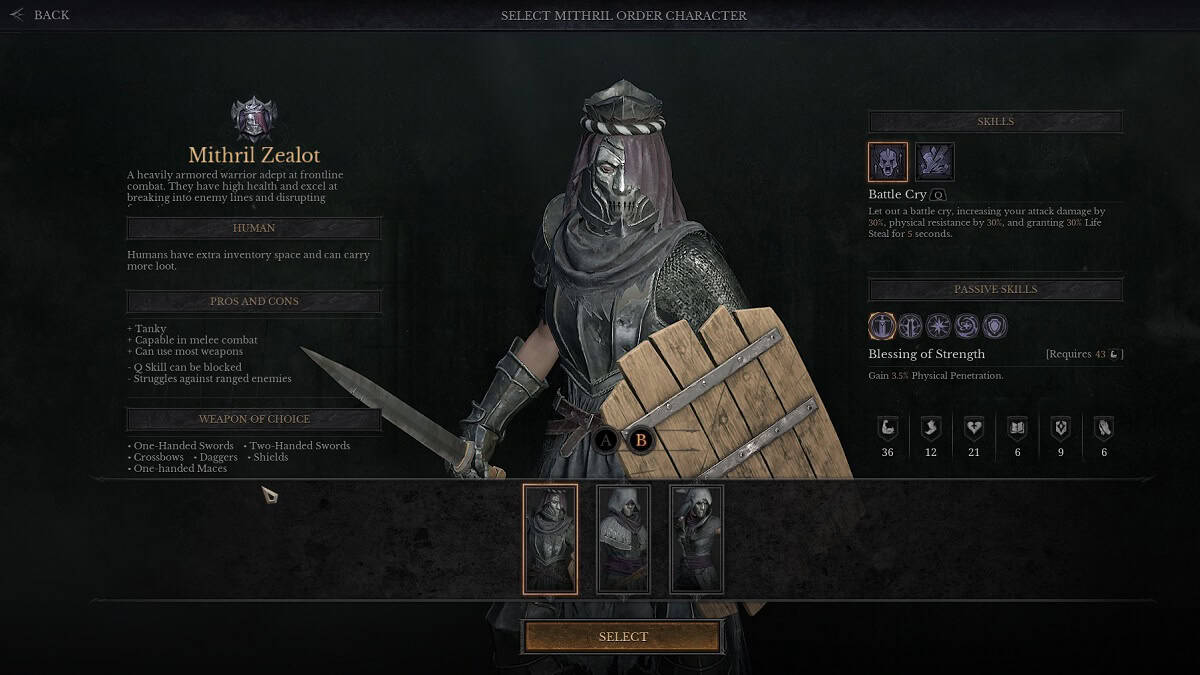
One of the game modes I spoke of earlier is the Mithril Order. The way it’s set up makes it one of the best ways to gear up your character, especially early on when dungeon diving with default armor and weapons is a big risk.
The Mithril Order isn’t all that different from Clouseau Castle or Sinner’s End. You go in, find loot, defeat other players, then leave. However, you aren’t using a character you created, but rather pick a rudimentary class. Any gear and gold you find along the way is then sold or scrapped at the end of the match.
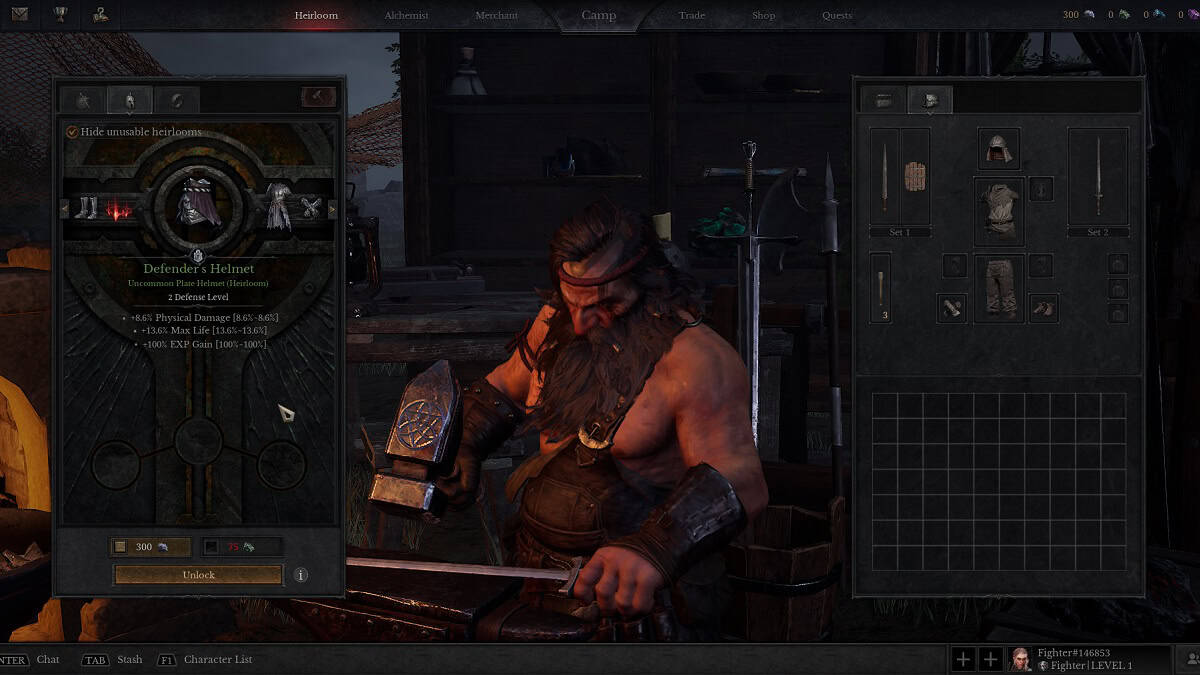
All that gold and crafting materials you get can then be used to either craft Heirloom gear or buy items from auction house. Heirloom gear comes with all sorts of stat bonuses, like resistances, stats, max life, even bonus experience.
They’re relatively easy to craft too, making it a great way to amass decent gear so you aren’t always starting at square one when you die.
The downside is that Heirloom gear can be dropped if you die dungeon diving and the stats aren’t quite as good as the items you’ll find playing the normal modes. Additionally, you can only have one Heirloom item per gear type: one piece of jewelry, one piece of armor, and one weapon.
Tips For Surviving Dungeons
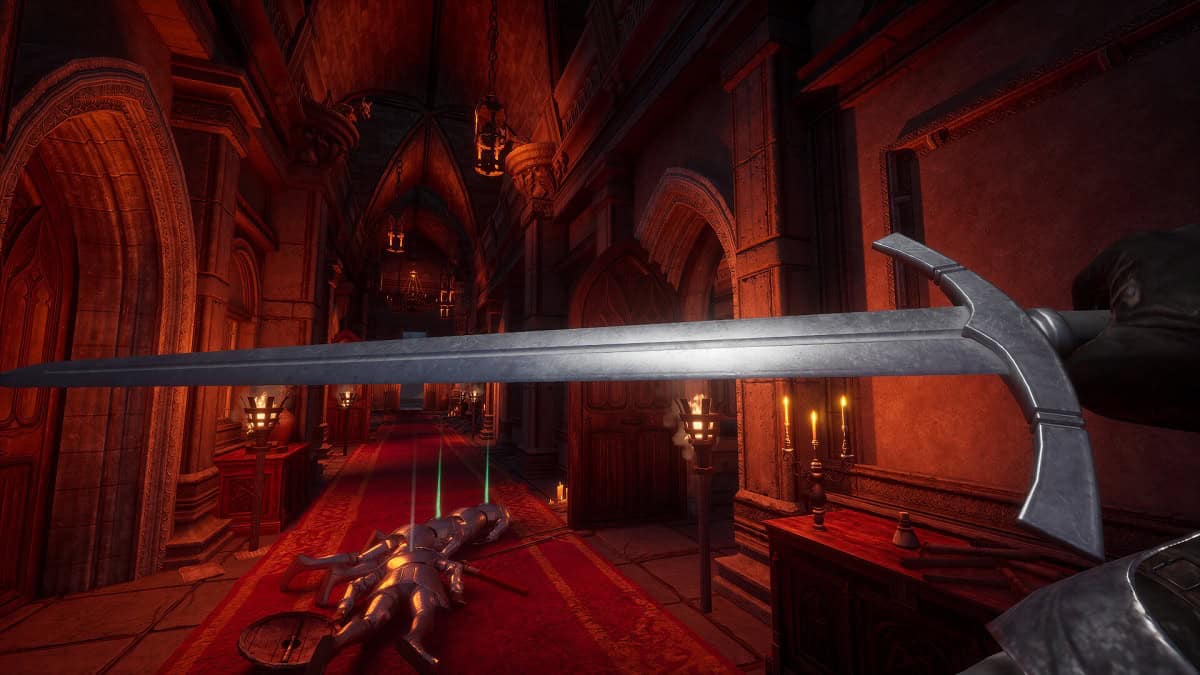
Before I send you off, it’s important to remember that the inevitable will happen. You’ll join a match, maybe with really good gear, and likely get clobbered in the first few minutes. It’s bound to happen, so here are a few tips and tricks for surviving in Dungeonborne.
Play Aggressively
Compared to Dark and Darker, you are noticeably faster in Dungeonborne and you can use that to your advantage by playing aggressively. The speed of combat is much quicker and it’s generally much harder to escape if someone catches you out. In fact, getting the drop on someone before they notice is a great strategy.
Gather Only What You Need
It’s very tempting to just grab everything you need, but I suggest splitting priorities. Before I queue for a match, I ask whether I want to make as much gold as possible or gather crafting materials. If it’s the former, then I focus on collecting valuables like gems and such; if it’s the latter, then I only focus on collecting gear for the purpose of breaking down.
It’s Okay to Leave Early
What it says on the tin. The longer you stick around in the dungeon, the more likely you come across another player, and with how quicker combat is, you might not last. If you already gathered a few items and there’s a nearby escape—take it. Don’t take unnecessary risks when you have a decent bounty already. After all, some player might sneak up and snatch your exit!



